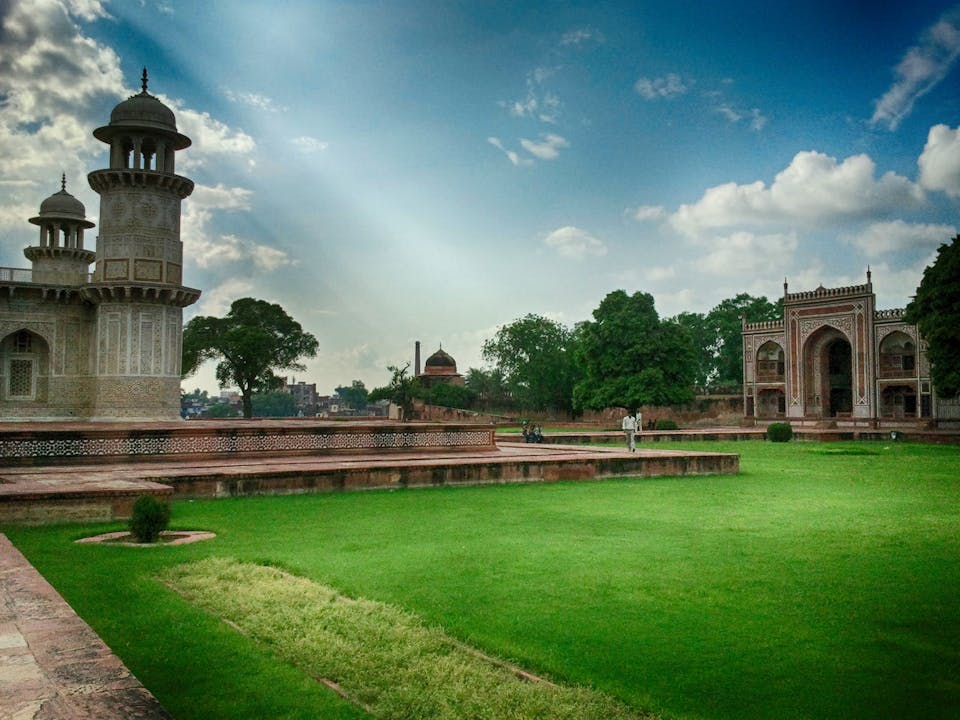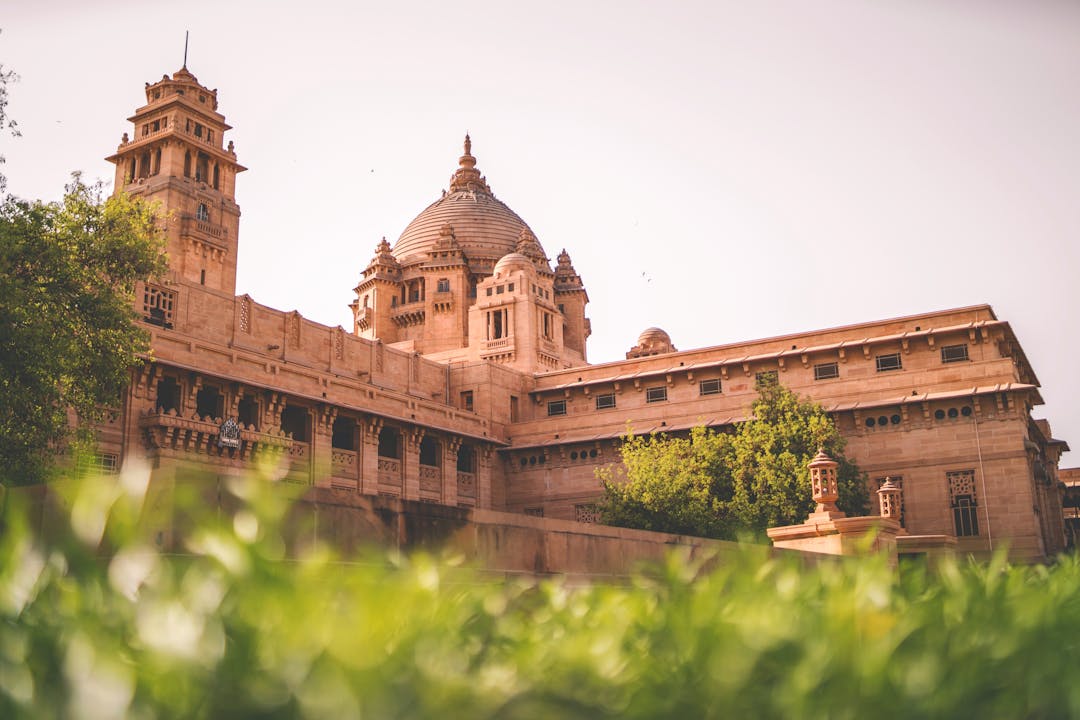A Historical Look at Bengaluru’s British Colonial Past

Bengaluru, the Silicon Valley of India, is a city that blends its modernity with a rich historical past. While it is known for its booming IT industry, Bengaluru also has a fascinating colonial history that shaped its present. In this blog post, we will take a historical journey through Bengaluru’s British colonial past and explore some of the iconic landmarks that still stand today.
1. Bangalore Palace
🏰🌳 One of the most prominent reminders of Bengaluru’s colonial past is the magnificent Bangalore Palace. Built in the Tudor-style architecture, this palace was inspired by the Windsor Castle in England. It was constructed by Rev. Garrett, the first principal of the Central High School (now known as Central College) in Bengaluru. The palace is adorned with beautiful paintings, stained glass windows, and Victorian-era furniture, giving visitors a glimpse into the opulent lifestyle of the British royalty.
2. St. Mark’s Cathedral
⛪️🌟 Located in the heart of Bengaluru, St. Mark’s Cathedral is another architectural gem that reflects the city’s colonial history. Built in the early 19th century, this Anglican church is known for its stunning stained glass windows and intricate woodwork. It was consecrated in 1816 and is one of the oldest churches in Bengaluru. The cathedral’s design is reminiscent of the neo-Gothic style, which was popular during the British colonial era.
3. Tipu Sultan’s Summer Palace
🕌🌞 Tipu Sultan’s Summer Palace, also known as the Daria Daulat Bagh, is a testament to the reign of Tipu Sultan, the ruler of the Kingdom of Mysore. This palace was built in 1784 and served as Tipu Sultan’s summer retreat. The palace showcases exquisite frescoes, intricate carvings, and beautiful gardens. It is a perfect blend of Indo-Islamic architecture and British colonial influence.
4. Government Museum
🏛️🖼️ The Government Museum in Bengaluru is a treasure trove of artifacts that offer insights into the city’s colonial past. Established in 1865, the museum houses a vast collection of archaeological and geological artifacts, including sculptures, coins, paintings, and more. It also has a dedicated section showcasing the history of the British Raj in Bengaluru, with exhibits on the administration, education, and lifestyle during that era.
5. Cubbon Park
🌳🚶♂️ Cubbon Park, spread over 300 acres, is not only a green oasis in the heart of Bengaluru but also a reminder of the city’s colonial heritage. It was created in 1870 and named after Sir Mark Cubbon, the Commissioner of Mysore during the British Raj. The park features lush green lawns, vibrant flower beds, and numerous statues of prominent British figures, including Queen Victoria and King Edward VII.
6. Vidhana Soudha
🏛️🌇 Vidhana Soudha, the seat of the Karnataka State Legislature, is an iconic landmark that showcases the architectural brilliance of the British colonial era. Built-in 1956, it is one of the largest legislative buildings in India. The building’s design is a fusion of Dravidian and Indo-Saracenic styles, with influences from the British colonial architecture. It stands as a symbol of Bengaluru’s transition from a princely state to the capital of Karnataka.
7. Mayo Hall
🏛️🌆 Mayo Hall, named after Lord Mayo, the Viceroy of India from 1869 to 1872, is another architectural marvel that reflects Bengaluru’s colonial past. Built-in 1873, it served as the city’s first municipal office. The building’s design is a blend of Gothic and Romanesque styles, with ornate arches and intricate carvings. Today, Mayo Hall is a popular venue for cultural events and exhibitions.
8. Bangalore Cantonment
🏰🚂 The Bangalore Cantonment, established in the early 19th century, was a military settlement during the British colonial rule. It was strategically located to protect the city from potential invasions. The cantonment area still retains its colonial charm, with wide tree-lined streets, colonial-era bungalows, and the iconic St. Andrew’s Church. It is a fascinating neighborhood to explore and get a glimpse of Bengaluru’s colonial past.
9. Attara Kacheri
🏛️📚 Attara Kacheri, also known as the High Court of Karnataka, is a neoclassical building that stands as a symbol of justice and governance. Built-in 1868, it served as the office of the British Residency and later became the High Court. The building’s architecture is reminiscent of the Greco-Roman style, with Corinthian columns and a central dome. It is a prominent landmark in Bengaluru’s colonial history.
10. Bangalore Club
🏛️🍷 The Bangalore Club, established in 1868, is one of the oldest and most prestigious clubs in India. It was initially formed as a British officers’ club during the colonial era and has since evolved into a social hub for the city’s elite. The club’s colonial-era building exudes an old-world charm and offers a glimpse into the lifestyle of the British elite in Bengaluru.
Conclusion
Bengaluru’s colonial past has left an indelible mark on the city’s landscape and culture. From palaces and churches to parks and government buildings, these colonial-era landmarks stand as a testament to Bengaluru’s historical journey. Exploring these sites not only offers a glimpse into the city’s past but also provides a deeper understanding of its present. So, next time you visit Bengaluru, take a step back in time and immerse yourself in its captivating colonial history.
🏰🌳🏛️🌇🏛️🌆🏛️🚂🏛️📚🏛️🍷

